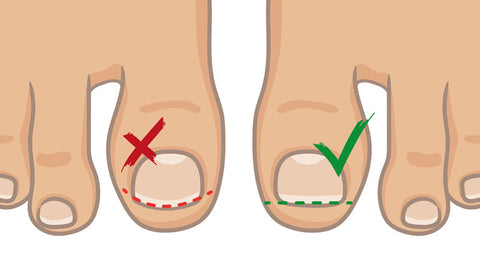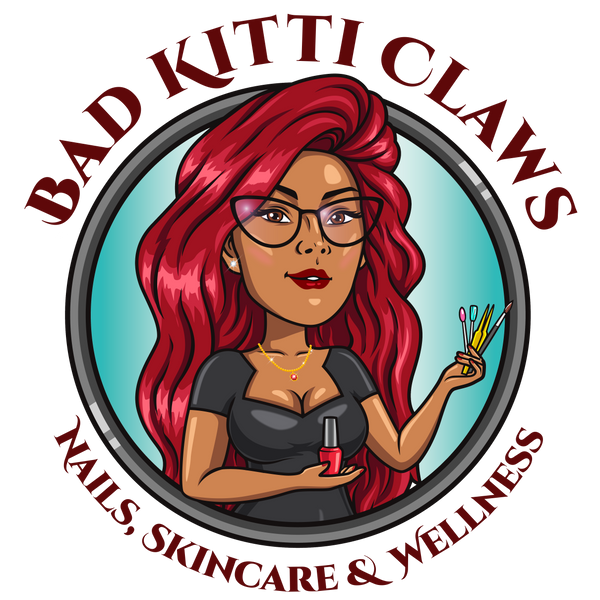Advanced Pedicures | Ingrown Toenails
What is an ingrown toenail?
An ingrown toenail is a painful condition that can occur when the side or corner of the toenail curls down and grows into the flesh around the nail.
Any toe can be affected but it commonly occurs in the big toe.

Symptoms
Ingrown toenail symptoms can include:
- Pain and tenderness in your toe along one or both sides of the nail
- Redness around your toenail
- Swelling of your toe around the nail
- Infection of the tissue around your toenail
- Hardening of the skin around the ingrown surface
Causes
Ingrown toenails can be caused by a number of factors:
- wearing tight fitting shoes that crowd your toes, putting pressure on your toenails
- cutting your toenails too short or not straight across
- injuring your toe or toenail
- picking or tearing the corners of your toenails
- have toenails with naturally curved edges or that are fan-shaped
Ingrown toenails become more common in older people as their nails get thicker. They are more likely to become infected in people who have diabetes or circulation problems.
How can an Advanced Pedicure prevent an ingrown toenail?
Our Advanced Nail Technician will first conduct an assessment of your toenails, which will include a brief screening to determine existing medical conditions, and a physical assessment of your toes. In the majority of cases, we will be able to clean, trim, and shape nails to effectively prevent them from becoming ingrown.


This can include the use of specialized tools and techniques that allow the tech to properly trim and reshape the nail, and clean under the free edge of the nail and sidewall around the area.
It is often recommended that our clients return for a follow-up appointment or series of Advanced Pedicure services to maintain the progress and shaping of their nail's free edge, as future nail growth can often cause an ingrown nail to reoccur. An after-pedi plan and at-home care instructions are discussed at the conclusion of each appointment.
Can ingrown toenails be prevented?
To help prevent an ingrown toenail:
- wear shoes that fit properly
- keep your feet clean and dry
- trim your nails properly — briefly soak your foot in warm water before trimming, and make sure you cut straight across, without tapering or rounding the corners or cutting them too short

If you have spreading redness or swelling, broken skin, puss or discharge, a known infection, or medical conditions affecting circulation to the feet (such as diabetes or nerve damage), it is recommended that you see a Podiatrist or Medical Doctor to assess and treat this condition.
See our Advanced Pedicure product bundles for at-home use here.
*In very few cases, we may recommend you seek a medical assessment or treatment from a Podiatrist or Medical Doctor for your condition(s) prior to scheduling services. As we cannot treat or diagnose medical conditions, occasionally this is necessary as a condition may appear to be beyond our scope of practice. This happens very rarely, as we can usually provide services to address most conditions we see. If we ask you to seek medical care, please understand it is only in the interest of your health and well-being, as that is our main concern with our clients. Once you are medically cleared, we will be happy to provide services to you and get your feet feeling great!
Resources:
Nails Magazine, November 21, 2011, "Under the Microscope: Ingrown Toenails", NLS Staff
Mayo Clinic, December 10, 2019, "Ingrown Toenails", Mayo Clinic Staff

